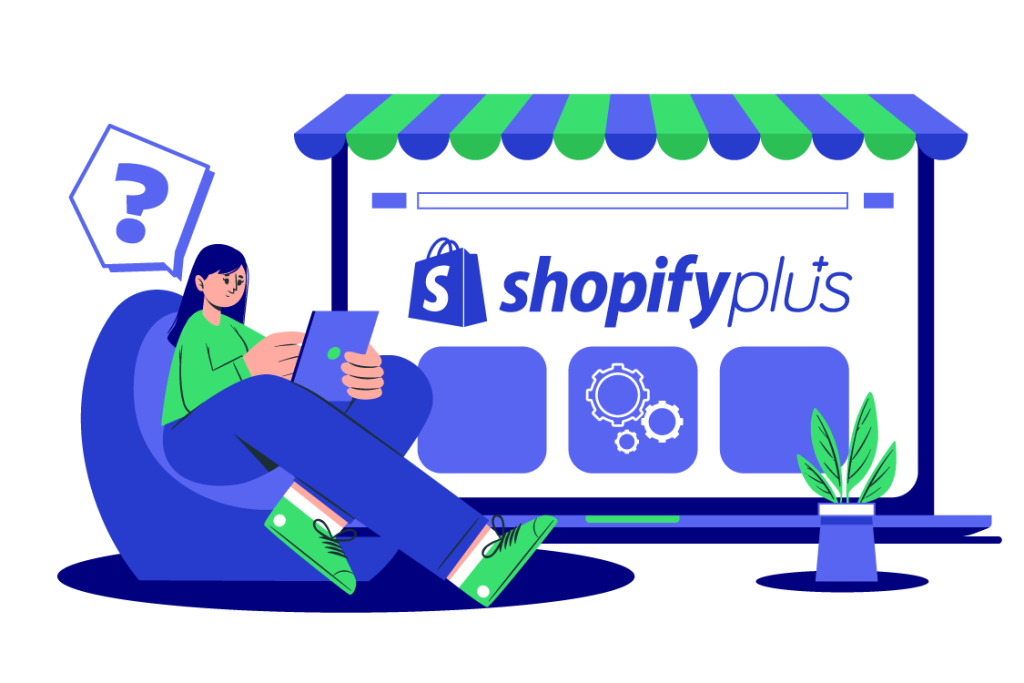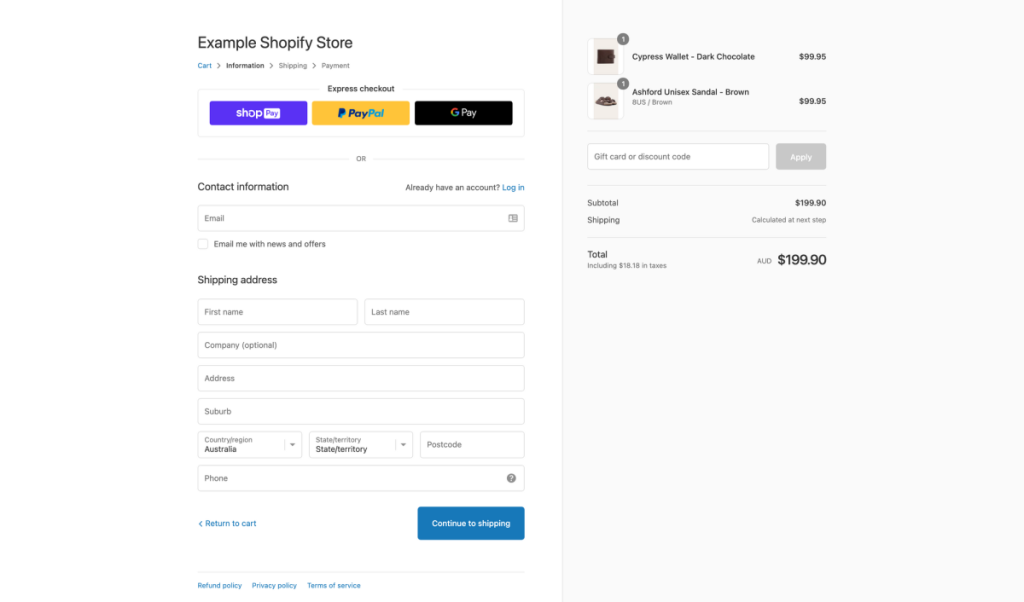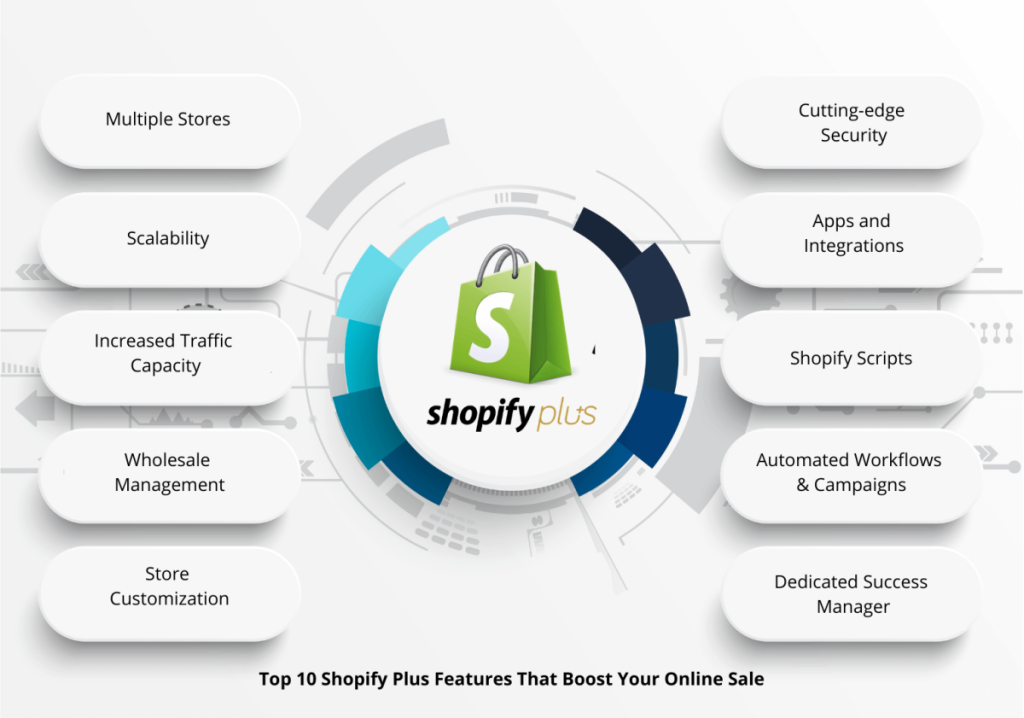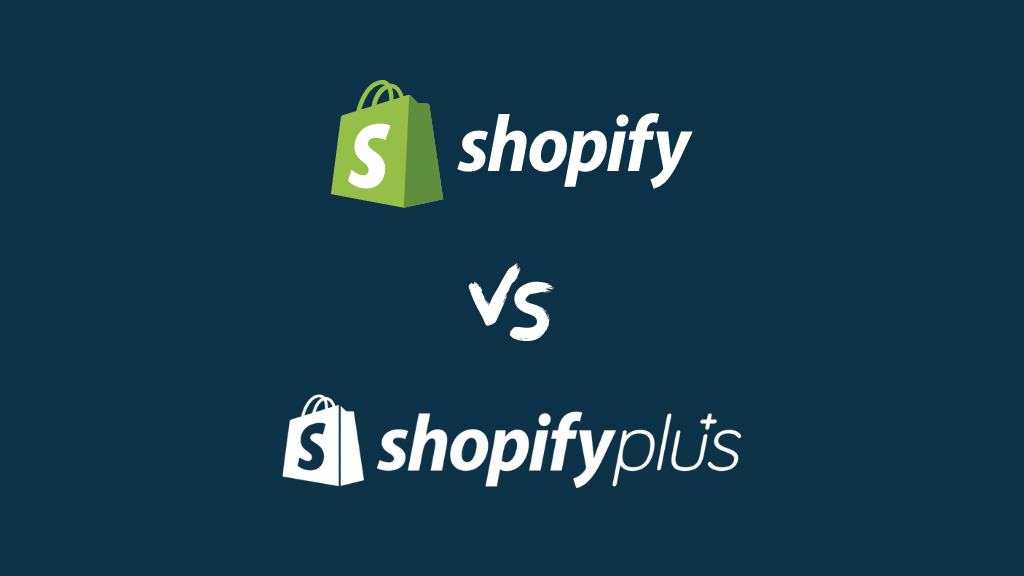If you’re in the ecommerce business, you’ve probably either used Shopify or heard of it. Shopify is one of the most widely-used and well-known ecommerce platforms, and it’s helped millions of entrepreneurs and businesses facilitate transactions around the world, including big companies like Sennheiser, Secret Lab, and Anker.
What you may not know, however, is that Shopify also has a Plus variant. It’s not quite accurate to call it an additional pricing tier; Shopify Plus is more like an entirely different beast unto itself since it’s so different to the core Shopify experience. Here’s our breakdown of 15 of the core differences in the Shopify Plus vs. Shopify debate, which should hopefully help you to decide which one you want to use!
1. No staff account limit
The basic Shopify service limits the amount of staff accounts you’re able to have within your business, while Shopify Plus lets you add as many as you like. You can also control different permissions for each staff account, so Plus is great for bigger businesses with more staff members.
2. APIs
While Shopify does allow you to integrate with various other apps and services, Shopify Plus has a wider range of API integrations available, including for extra payment systems and logins. You can even construct your own apps and then integrate them with the wider Shopify Plus experience if you want to.
3. Price
This is a big one, and it doesn’t pertain to features (although it is related to them). Shopify Plus is, naturally, much more expensive than Shopify, and we mean much more expensive. The basic Shopify service stops at around £344 per month for the Advanced tier, while Plus begins at $2,000 per month and scales depending on the size of your operation.
4. Fees
Per a Forbes comparison, Shopify charges upwards of 2.9% on transactions when it comes to fees, but Shopify Plus is much more permissive, taking only 0.15% for third-party processors (with credit card fees varying depending on where you are). Using Shopify Plus’ proprietary payment system waives this fee for Plus as well.

5. Personalised support
As befits the increased scale and cost of Shopify Plus, the bigger service offers a dedicated engineer to walk you through the process of setting up your Plus store. By contrast, while Shopify offers excellent and robust support to all clients, you’ll need to pay a little extra if you want to get an expert of your own.
6. Plus-only apps
Some of Shopify’s suite of proprietary apps are limited to the Plus plan. These include the sale and event automation tool Launchpad, a bulk account invitation tool, and Shopify Flow, which is intended to help you automate various parts of the ecommerce process. You won’t be able to access those on the core Shopify service.
7. Liquid
With Shopify Plus, you gain access to Liquid, the language the service uses in order to build and customise its themes. Naturally, this gives you greater control over what kind of things you can do with your Shopify theme; with the basic service, you can only customise so far, but Plus gives you many more options.
8. Greater checkout control
As you’d expect, Shopify Plus allows you to control and dictate your site’s checkout experience to a much greater degree than the core Shopify service does. Plus gives you access to a script editor that lets you change various different elements like payment options and shipping methods, so it’s great if you want more say in how your customers check out.

9. More in-depth analytics
Shopify Plus is largely intended for businesses with a very high volume of customers; as Forbes says, it’s mainly meant for businesses who deal in more than $1 million per year. As such, you can expect much more in-depth analytics when it comes to Shopify Plus, along with greater insight into various trends within your business.
10. Better cart recovery
There’s nothing worse for an ecommerce business than a customer who abandons their cart partway through the buying process. Shopify Plus gives you better tools to deal with this; it has a built-in email service that sends reminders to customers when they abandon their carts, and it even has ad functionality that shows customers ads based on what they’ve got in their carts!
11. One dashboard to rule them all
If you’re using Shopify Plus, then the chances are you might well have multiple stores to manage. If that’s the case, then you’ll be pleased to know Shopify Plus offers a single dashboard where you can see everything you need to manage in one place. That also includes your various automation tools and staff accounts.
12. Scale
If you’re a smaller business or you’re a single entrepreneur, you probably won’t want to use Shopify Plus. This is because the service is much, much bigger and more complex than Shopify, and requires more time to get to grips with. Plus is really intended for dedicated workforces and businesses rather than those who are just starting out.

13. Support
While Shopify and Shopify Plus both have excellent support mechanisms built into their infrastructures, Shopify Plus is built around greater communication between you and the platform. As such, you can expect to be in contact with Shopify much more frequently if you opt for the Plus plan.
14. The Merchant Success Program
Shopify Plus offers something it calls the “Merchant Success Program”, which is part of the support package we mentioned above. In essence, Shopify assigns someone to your company, and they will then help you with everything Plus has to offer, as well as finding third-party partners for you to further grow your business.
15. All that, plus more
Perhaps the final point of comparison is that Shopify Plus is basically Shopify, but more so. With Shopify Plus, you get everything that Shopify offers, as well as a host of extra features on top. If you’ve been using Shopify for a while but it’s starting to feel like you’ve outgrown your old friend, then Shopify Plus could be the option for you.


